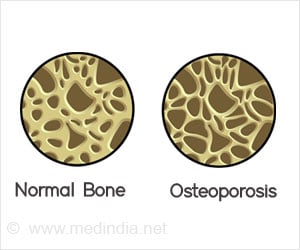Process of transferring accountability between incoming and outgoing nurses during shift change at patients’ bedside can reduce potential errors.

Traditionally, nurses exchanged patient information between shifts through tape recordings or verbal briefings at nursing stations. Bedside handover requires nurses to exchange pertinent patient information such as clinical conditions, allergies and care plans with the patient in his or her room. By taking the handover to the patient, nurses and patients see each other sooner. Bedside handover also allows patients to ask questions and clarify information with both nurses – which is shown to relieve anxiety and improve patient satisfaction.
"Most patients felt safer, more satisfied and better informed of their care plan," said Dr. Jeffs, who is also a Li Ka Shing Knowledge Institute scientist. "But some long-term patients did not want to participate in the twice-daily routine because their conditions had not changed from day to day."
The findings were published in the Journal of Nursing Care Quality. Comprised of qualitative interviews with 45 patients, this research builds on Dr. Jeffs' ongoing study of transitions across the health care system. Study participants described bedside handover as engaging, personal and informative but indicated the importance of recognizing and being sensitive to patients' preferences – which can change over time and from patient to patient.
"Patients feel more important when they're involved in their own care," said Ray Shaver, who was a caregiver for his late wife, Queenie, for more than 16 years. "And it's so much safer for the patient when everyone comes together in the same room."
Bedside handover is more efficient and effective from a nursing perspective too.
Advertisement
Piloted in 2011, nurses on every medical and surgical unit at St. Michael's Hospital now perform handover at their patient's bedside.
Advertisement

![An Introduction - Indian General [Non-Life] Insurance Companies An Introduction - Indian General [Non-Life] Insurance Companies](https://images.medindia.net/patientinfo/120_100/health-insurance21.jpg)







